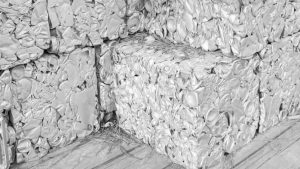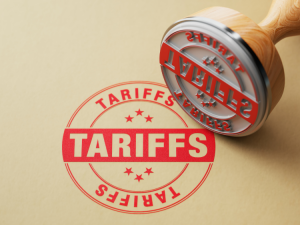Trump to place 25% tariffs on Canada and Mexico, 10% on China starting Tuesday
The Trump administration will implement 25% tariffs on Canada and Mexico and 10% tariffs on China, according to a White House fact sheet and executive orders circulated on Saturday. The administration said that it would tariff “energy resources” from Canada at a lower rate – 10%. The tariffs will go into effect at 12:01 ET on Tuesday, according to an executive order. The White House documents made no mention of exemptions.







